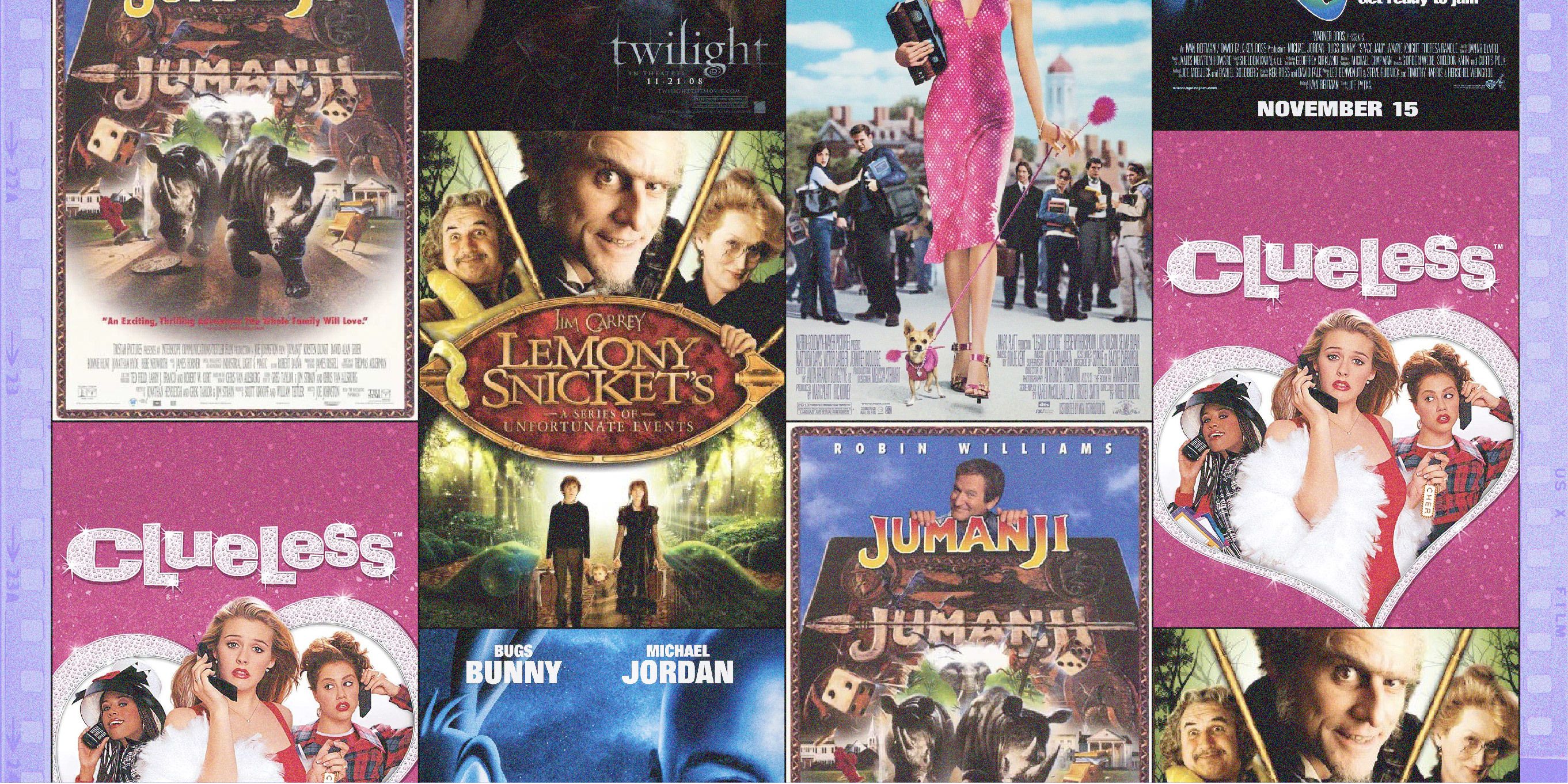What is a Director’s Cut? Every Type of Director’s Cut Explained
What does Director’s Cut mean?
Before going into the contemporary definition, we want to quickly mention that, during the editing process, a Director’s Cut can mean different things. Films go through several cuts before being released. The most common of these are known as rough cuts (also known as workprints) and editor’s cuts. A Director’s Cut, therefore, is just one of several cuts that can exist before a "final cut" is produced.
What is a Director’s Cut?
Typical changes found in a Director's Cut:
- Added scenes left out of the theatrical version (aka "deleted scenes")
- Extended scenes or sequences
- Scenes deleted from the theatrical version
- Altered musical score or voiceover narration
- Enhanced or updated special effects
Origins of the Director’s Cut
One of the earliest examples of a director’s cut comes from Charlie Chaplin’s classic film The Gold Rush. After it was originally released in 1925, the film was re-edited and re-released in 1942. This version added a new musical score, voice over narration, and deleted a few scenes. Not only that, but the frame rate was changed, which actually made the movie 23 minutes shorter. This version has ultimately become the primary version, though both versions are available. Curious what the finished film looks like? Watch it in its entirety right now!
Audiences started to see a bit more Director’s Cuts in the 1970s. While the majority of movies were still released theatrically, a couple movies were notably re-released with changes. George Lucas turned one of his student films, THX 1138, into a feature in 1971. The film flopped and nearly bankrupted the studio, Francis Ford Coppola's American Zoetrope. Not only that, but the film had its runtime shortened against Lucas’ wishes. After the massive success of Star Wars, Lucas was able to re-release THX 1138, adding scenes that had been removed. Later still, he would release what is called the “The George Lucas Director’s Cut” in 2004. That version included newly-made computer generated imagery, along with a new digital remaster of the preexisting footage. Also in 1977, Close Encounters of the Third Kind, directed by Lucas’s good friend Steven Spielberg, hit cinemas. Even though he had coveted final cut privileges, he was not fully satisfied with the released version. According to Spielberg, he wanted more time to work on it, but the studio wanted the movie released ASAP. The film was a massive hit, giving him the opportunity to finish it to his satisfaction.
Re-released in 1980, this version of Close Encounters was mandated to include an extended ending that Spielberg was very opposed to. This Special Edition was the only version available on home video until The Criterion Collection released both cuts on LaserDisc in 1990. In 1998, Spielberg was able to finally realize his vision with an official “Director’s Cut,” which notably removed the studio-mandated “Special Edition” ending.




0 Comments